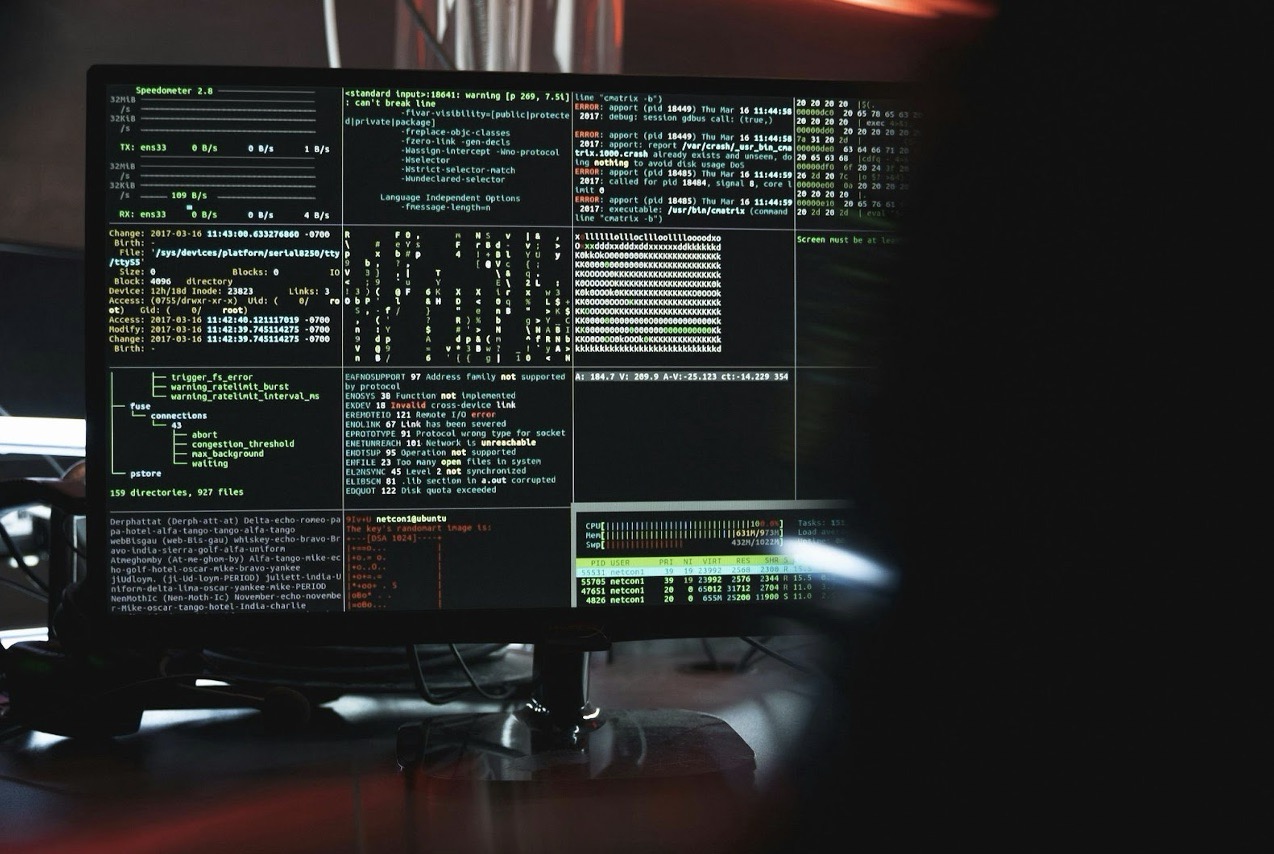Decentralized applications (DApps) represent a significant shift in how applications are conceptualized, developed, and deployed. For developers interested in how to create a DApp, understanding the blockchain framework is essential. These applications run on a peer-to-peer network rather than a single computer, making them independent from central authorities and more resistant to censorship and control. This article explores the techniques involved in developing DApps, their advantages, challenges, and their increasing relevance in today’s digital ecosystem.
Fundamental Concepts in DApp Development
At the core of decentralized application development is blockchain technology. A blockchain is a distributed database shared across a computer network and ensures data transparency, security, and integrity. Developing DApps typically involves several key stages.
Firstly, you should choose a suitable blockchain. The choice of blockchain technology impacts the functionality and capability of the DApp. Ethereum is currently the most popular platform for creating a decentralized application with blockchain due to its mature ecosystem and robust smart contract functionality.
Then comes the turn of smart contract development. At the heart of every DApp is a smart contract, which automates the execution of agreements and acts as the backbone of the application. These contracts are self-executing, with the terms of the agreement directly written into lines of code.
Work on your developed front end and user interface. A DApp’s user interface is what users interact with, and it needs to be intuitive and responsive. The front end communicates with the blockchain via smart contracts, often using a Web3 library like Web3.js.
And finally, the testing and deployment. Rigorous testing is essential to ensure the DApp operates correctly and securely. Once testing is complete, the application can be deployed on the blockchain.
Technologies and Tools
Solidity: The primary programming language for Ethereum smart contracts.
Truffle Suite: A popular development framework for Ethereum.
Ganache: A personal blockchain for Ethereum development used to deploy contracts, develop applications, and run tests.
Metamask: A crypto wallet and gateway to blockchain apps.
The Process of Developing DApps
Creating a decentralized app requires a deep understanding of blockchain technology and traditional software development practices. The process typically includes the following steps.
The first step in how to create a DApp in Ethereum is conceptualization and design.
Define the application’s purpose and architecture. This involves determining the necessary blockchain features and how they integrate with the app’s needs.
Implementation! Developers must write secure and efficient smart contracts to handle the application’s business logic. Tools like Truffle and Hardhat compile, deploy, and test Ethereum smart contracts.
Integration involves connecting the smart contracts with the application’s front end. The entire system must be thoroughly tested to handle transactions under different conditions and ensure reliability and security.
Don’t forget about deployment and maintenance. Once the DApp is thoroughly tested, it is deployed to the blockchain. Post-deployment, continuous monitoring is crucial to address potential issues and ensure the DApp adapts to changes in the blockchain ecosystem or user requirements.
Challenges in DApp Development
While the benefits of decentralized applications are compelling, they also come with unique challenges:
Scalability: DApps often struggle with scalability issues as the number of transactions they can process is limited by the blockchain they operate on.
User Experience: The user experience in DApps can sometimes be less smooth than traditional apps, primarily due to the latency in transactions and interaction with blockchain networks.
Regulatory Uncertainty: The regulatory landscape for blockchain and cryptocurrencies is still evolving, posing risks and challenges for DApp developers.
Current Relevance and Future Prospects
DApps’ relevance in today’s market is underscored by their potential to disrupt traditional business models across industries. From finance and insurance to the arts and entertainment, DApps offer a new paradigm for building open, interoperable, and transparent applications. Financial services, for instance, have seen significant innovation through decentralized finance (DeFi) applications, which offer financial instruments without the need for traditional financial intermediaries.
As blockchain technology matures, the potential for DApps will expand, making them increasingly integral to digital strategy in various sectors. This growing trend highlights the importance of developers understanding how to develop DApps and leverage their unique properties to create innovative solutions.

Conclusion
Mastering the development of decentralized applications offers a promising avenue for developers looking to engage with the latest in blockchain technology. Despite the challenges, the benefits of enhanced security, reduced dependency on central entities, and improved user privacy make DApps an exciting development frontier. As the technology evolves, so too will the opportunities for creating more sophisticated and user-friendly DApps, making now an opportune time for developers to enter this field and start building the decentralized applications of the future.
Author:
Priya Raeesa
Priya is an experienced mobile app developer with a flair for simplifying complex concepts. Her articles aim to demystify the app development world and empower others to create innovative mobile solutions.

